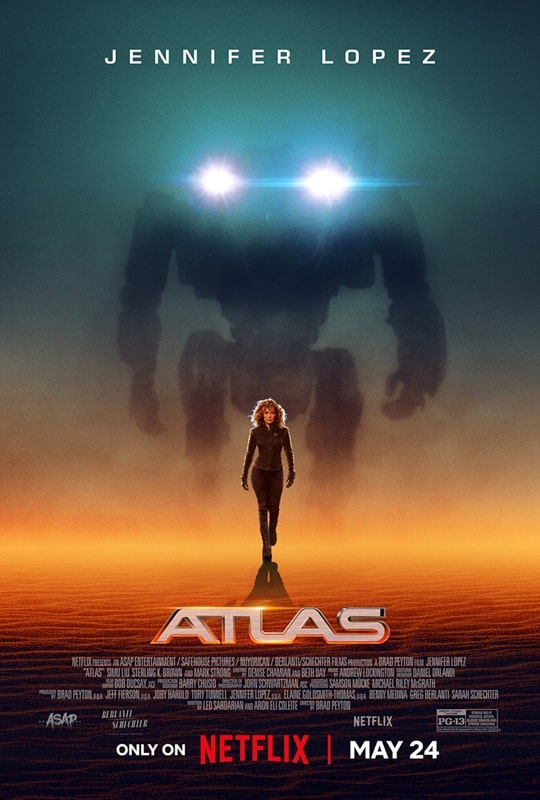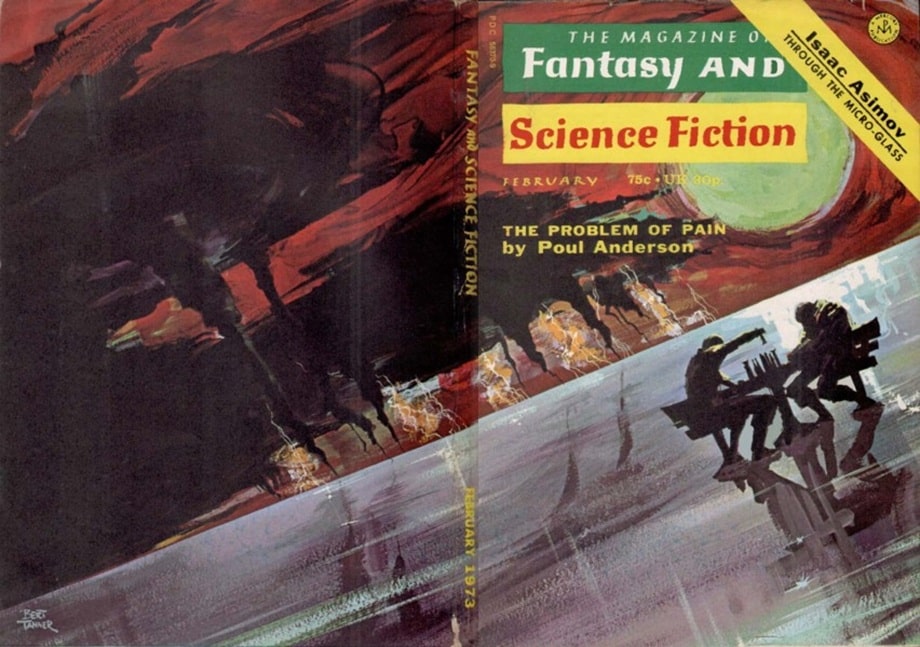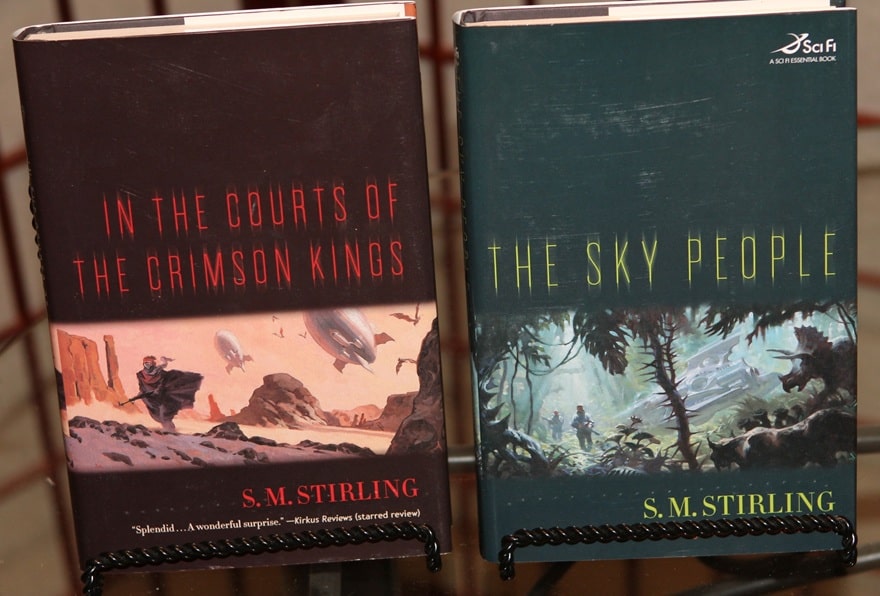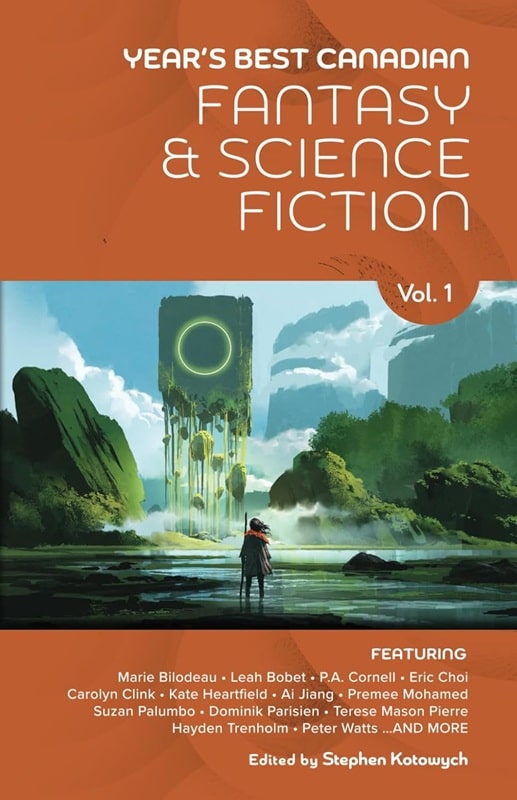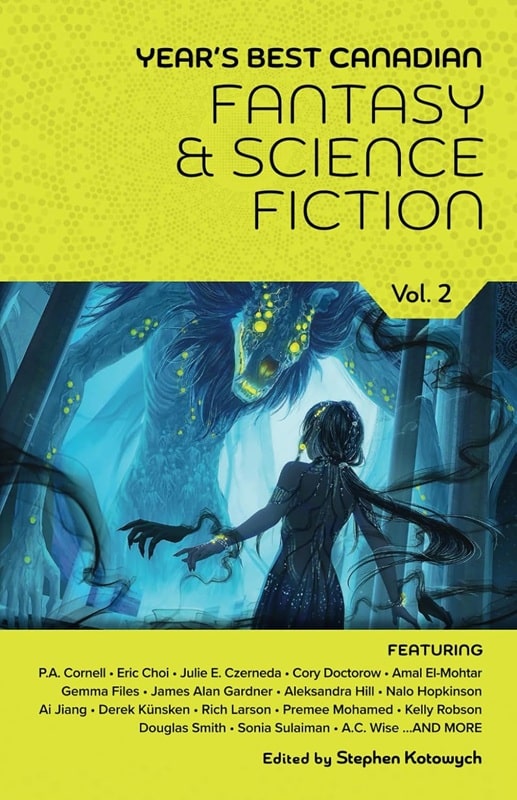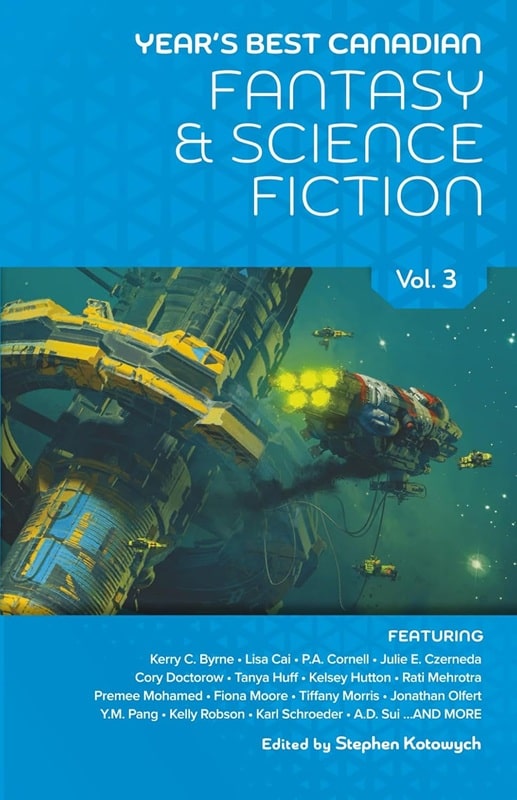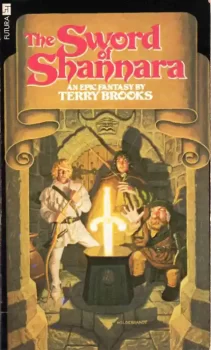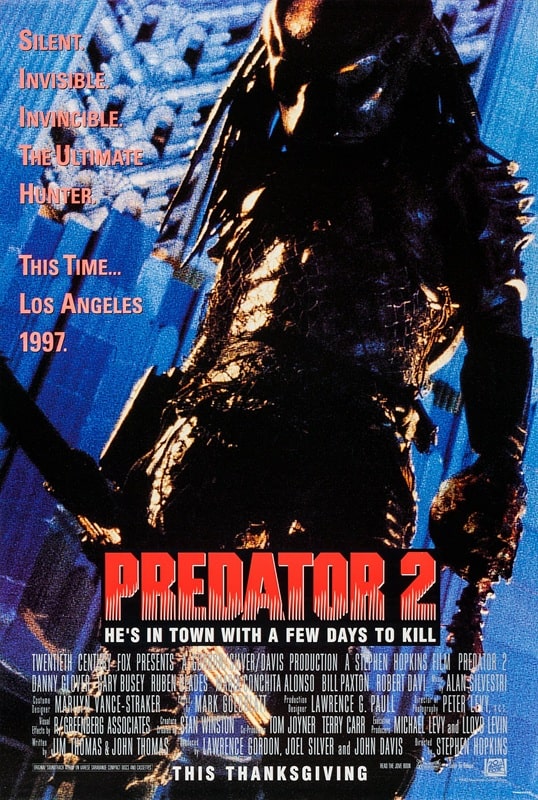From Decades of Robert E. Howard Scholarship: The Solomon Kane Companion by Fred Blosser
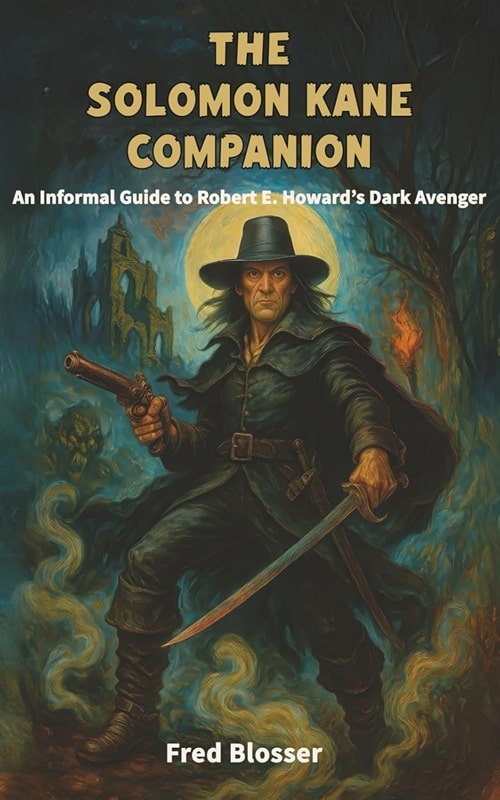 |
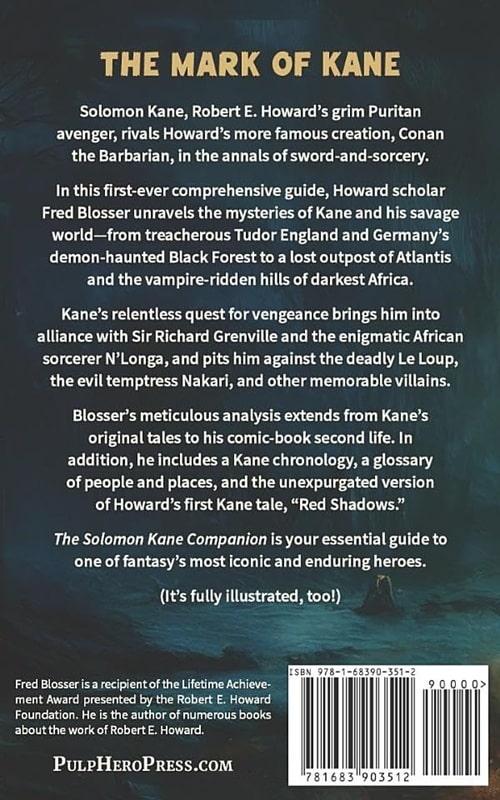 |
The Solomon Kane Companion by Fred Blosser (Pulp Hero Press, June 17, 2025)
If you’re familiar with Robert E. Howard Fandom, you already know who Fred Blosser is. I first encountered his work back in the early 1970s, when he was writing articles and reviews for Marvel Comics’ Savage Sword of Conan magazine.
For SSoC, Blosser authored well-researched articles about topics such as the Picts in Howard’s fiction, REH Fanzines, Howard’s Kozaks, and a history of Howard’s puritan adventurer, Solomon Kane.
Now Blosser has taken that last one much farther, producing a book called The Solomon Kane Companion, published by Pulp Hero Press, who kindly sent me a review copy. As I mentioned, Kane is a puritan, and his adventures take place in the Elizabethan era. He was created by Robert E. Howard while Howard was still in high school, and his first published appearance was in the August 1928 issue of Weird Tales, in the story “Red Shadows.”
